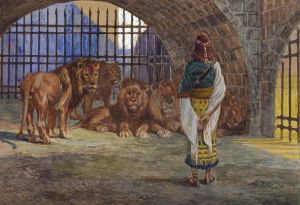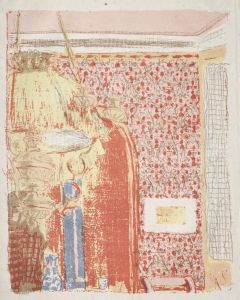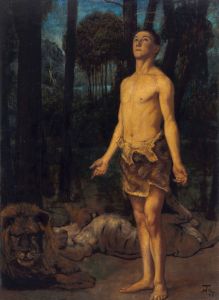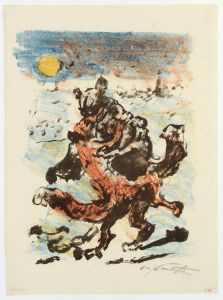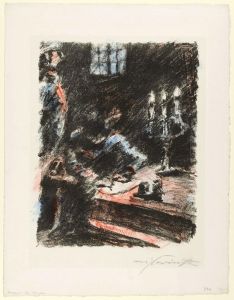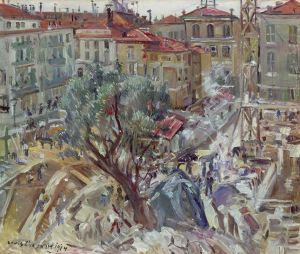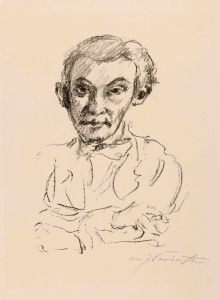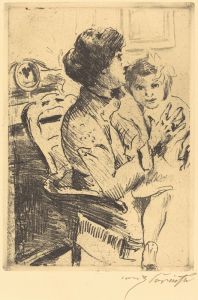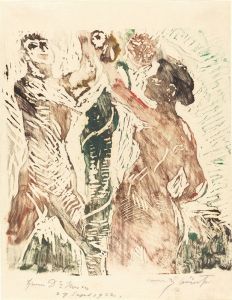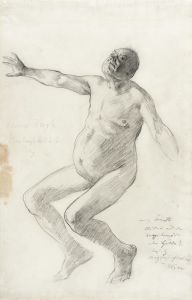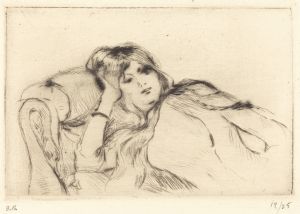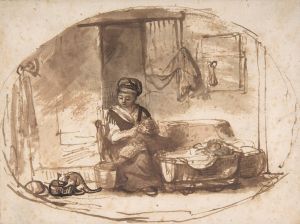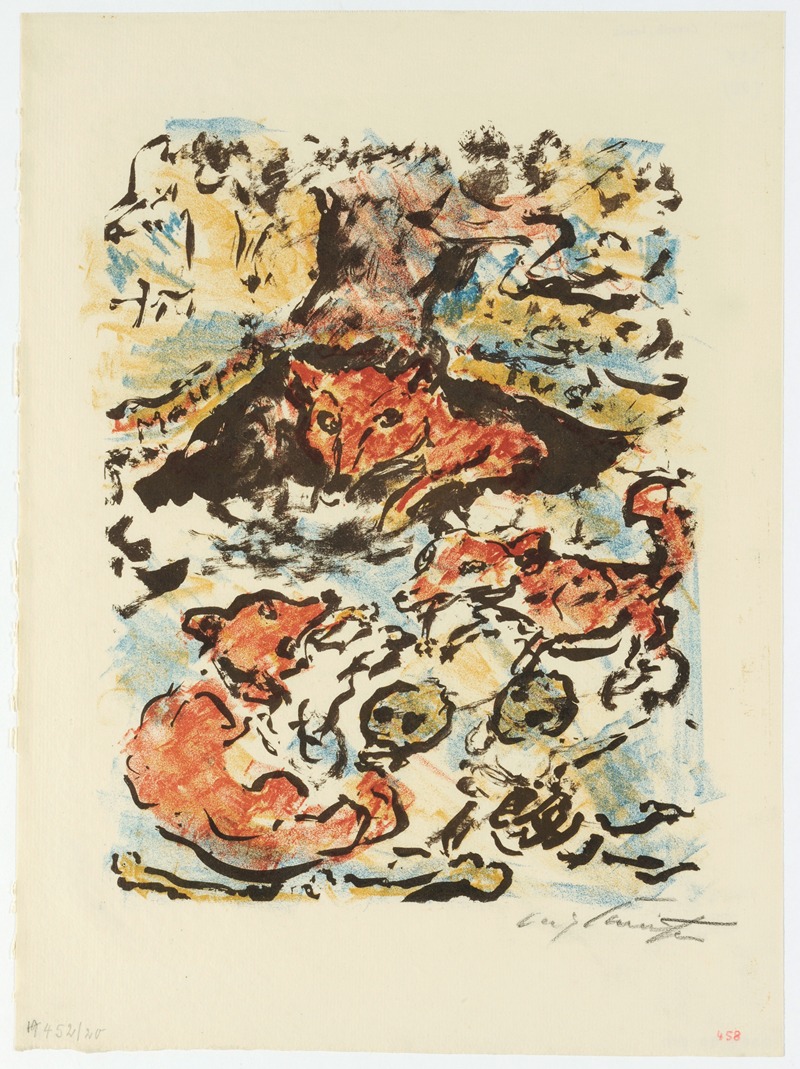
Die Füchsin Ermelyn Mit Ihren Kindern Im Fuchsbau Malepartus
A hand-painted replica of Lovis Corinth’s masterpiece Die Füchsin Ermelyn Mit Ihren Kindern Im Fuchsbau Malepartus, meticulously crafted by professional artists to capture the true essence of the original. Each piece is created with museum-quality canvas and rare mineral pigments, carefully painted by experienced artists with delicate brushstrokes and rich, layered colors to perfectly recreate the texture of the original artwork. Unlike machine-printed reproductions, this hand-painted version brings the painting to life, infused with the artist’s emotions and skill in every stroke. Whether for personal collection or home decoration, it instantly elevates the artistic atmosphere of any space.
Lovis Corinth was a prominent German painter and printmaker, known for his significant contributions to the German Impressionist movement and later to Expressionism. Born on July 21, 1858, in Tapiau, East Prussia (now Gvardeysk, Russia), Corinth's work is characterized by its vigorous brushwork and vibrant use of color. Throughout his career, he explored a variety of subjects, including portraits, landscapes, and historical scenes.
One of Corinth's notable works is "Die Füchsin Ermelyn Mit Ihren Kindern Im Fuchsbau Malepartus" (The Vixen Ermelyn with Her Children in the Fox's Den Malepartus). This painting is part of Corinth's exploration of animal subjects, which he occasionally depicted with a sense of narrative and character. The title of the painting references the character Ermelyn, the vixen, from the medieval beast epic "Reynard the Fox." This epic, which has its origins in the 12th century, tells the story of Reynard, a trickster fox, and his adventures. Ermelyn is Reynard's wife, and their den, Malepartus, serves as a setting for many of their escapades.
In "Die Füchsin Ermelyn Mit Ihren Kindern Im Fuchsbau Malepartus," Corinth captures a moment of domesticity and natural life within the animal kingdom. The painting likely reflects Corinth's interest in the interplay between nature and narrative, as well as his ability to imbue animal subjects with a sense of personality and life. The depiction of Ermelyn with her children in their den suggests themes of family, protection, and the natural world, which were common in Corinth's work.
Corinth's style in this painting, as in many of his works, is marked by loose, expressive brushstrokes and a rich color palette. His approach to painting was influenced by his studies in Paris, where he was exposed to the works of the French Impressionists. Over time, Corinth's style evolved, incorporating elements of Expressionism, particularly after a stroke in 1911 that affected his ability to paint with precision. This shift is evident in the more emotive and dynamic qualities of his later works.
Throughout his career, Corinth held various teaching positions and was a member of several art groups, including the Berlin Secession, which he chaired from 1915 to 1925. His influence extended to many younger artists, and his works were widely exhibited during his lifetime. Corinth's legacy is preserved in numerous collections worldwide, and his paintings continue to be studied for their contribution to the development of modern art in Germany.
"Die Füchsin Ermelyn Mit Ihren Kindern Im Fuchsbau Malepartus" exemplifies Corinth's ability to blend narrative with visual art, creating a piece that is both engaging and reflective of his broader artistic themes. The painting remains a testament to Corinth's skill in capturing the essence of his subjects, whether human or animal, and his enduring impact on the art world.





